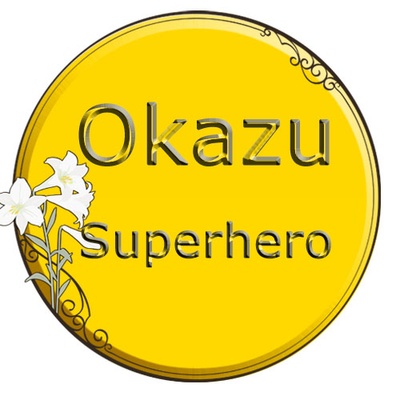![]() In Volume 1, we met Tasuku, a high school student who was being bullied for being gay, finally admitting to himself he is gay. In Volume 2, Tasuku reaches out to a young trans kid and ends up hurting and being hurt, depite good intentions.
In Volume 1, we met Tasuku, a high school student who was being bullied for being gay, finally admitting to himself he is gay. In Volume 2, Tasuku reaches out to a young trans kid and ends up hurting and being hurt, depite good intentions.
In Our Dreams at Dusk: Shimanami Tasogare, Volume 3 Tasuku must deal with real-world consequences of “being gay” in public. As Tasuku starts to to parse his feelings about a classmate whose erratic behavior leaves him constantly unsure of the intent, he also watches as association with the Cat Clutter group gives him a reputation for being one of the queers. Every time things get ugly, Tasuku has to figure out how to respond in a way that causes himself the least pain without betraying himself and others. In the end, it’s Utsumi-kun who provides him with a role model who understands what he’s supposed to be, and knows that sometimes, as a human, he’s not that.
When things come to a crisis in his own life, Tasuku takes an important step forward, carving his own space out of his world. He takes a stand with Tsubaki-kun, demanding respect for himself and the other members of the group. Once again, accompanied by magnificent art that blows the borders of the page wide open, Tasuku takes a forceful step out of the closet.
In the final pages, Tasuku finally decides on a direction for himself, and the others of the group. When Volume 4 hit shelves in December, we’re getting a wedding! ^_^
I’ve praised this series so much, but haven’t really managed to convey just how profound and intentional it has been. There’s a lot of emotion uncovered in this series:; from the isolation of queer kids, to confusion at an unfair society and anger at and pity for homophobic assholes. The art is epic in ways that are usually occupied by music in visual media, forcing us to sing songs inside our heads of discovery, of epiphany…and, ultimately, of joy.
Ratings:
Art – 8
Story – 9
Characters- 8
LGBTQ – 10
Service – 2 Things that might be considered service exist
Overall – 10
This was and remains one of the most compelling series I have ever read. I keep trying to put it down and failing to do so.
As a tangent on my review of Sexiled last week, one of the things I like in this volume particularly is how it addresses the anger of queer folks at the aggressive cluelessness of people who just will not listen to them. The anger of queer people and the anger of women and people of color and religious minorities in every nation and the anger of any marginalized group in any environment is real. We’re being given a chance to hear that anger expressed. Next up is to change the systems that are responsible for that anger. Onward, friends. Let us dismantle the master’s house with our own tools of art and words and music and protest and turn that into law and policy that creates a more welcoming world.


